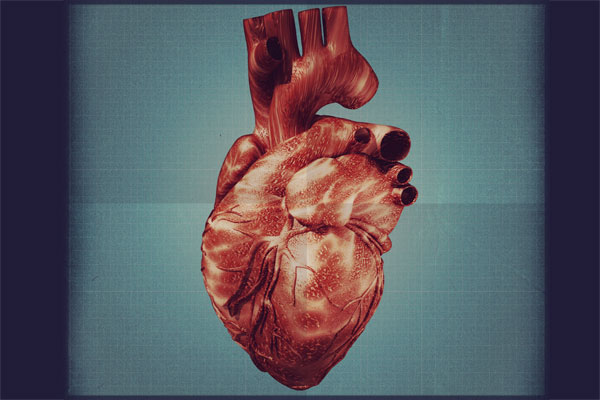Take 5: Questions of the heart

From studying the physics of a heartbeat to designing new cardiac disease detection methods, these five researchers have the heart on the brain.
1. Drop a beat
To Thomas Webster, professor and chair of the Department of Chemical Engineering, all heart attacks are created equal. While clinicians don’t always treat heart attacks with large-scale interventions such as implantable devices, all heart attacks do leave the muscle depleted. That’s why Webster is working to create an injectable, conductive hydrogel that mimics heart cell activity and is much less invasive than any kind of implant. His team has already optimized a gel that can adhere to a population of beating cardiac cells in a petri dish and then begin expanding and contracting in time with the living cells.
2. Diagnosing death
Early in his career, professor of pharmaceutical sciences Ban-An Khaw developed a method for detecting cardiac cell damage with extremely high sensitivity. When a heart cell gets hurt, the outer membrane ruptures, exposing the contractile units of the cells below. Using imaging molecules tagged with antibodies that selectively adhere to that contractile machinery, Khaw managed to expose the exact location of cell death. He’s now using the same approach, to detect tumors earlier than current methods allow.
3. Safe harbors for stormy veins
If the heart muscle is a tree, then assistant professor of chemical engineering Eno Ebong is interested in its vascular roots. In particular, she’s investigating how blood vessel plaque growth—a precursor to heart attack—can be controlled by reinforcing the protective sugar coat, called the glycocalyx, that lines our blood vessels. This structure gives our fairly fragile veins and arteries the resilience they need to withstand the raucous fluid environment coursing through them, especially at the branch points where plaques are most prevalent.
4. Blood simple
Associate professor of chemical engineering Shashi Murthy makes tiny devices. These miniature machines are able to analyze microscopic volumes of liquid and seek out whatever relevant information the user is interested in. In one case, Murthy developed a device that can monitor cardiovascular health by using just a single drop of blood. The diagnostic tool has already been initially validated in patients with pulmonary arterial hypertension and is now undergoing further clinical validation.
5. Heartbeat physics
According to Alain Karma, Arts and Sciences Distinguished Professor in the Department of Physics, the heart is a complex electrical circuit. He’s studying how that circuit’s electrical signal is disrupted in individuals with a particular type of gene mutation. The so-called “Long QT gene” is associated with increased risk for sudden cardiac arrest, so Karma’s work could inform new life-saving interventions. How’s that for a good Valentine’s Day present?





